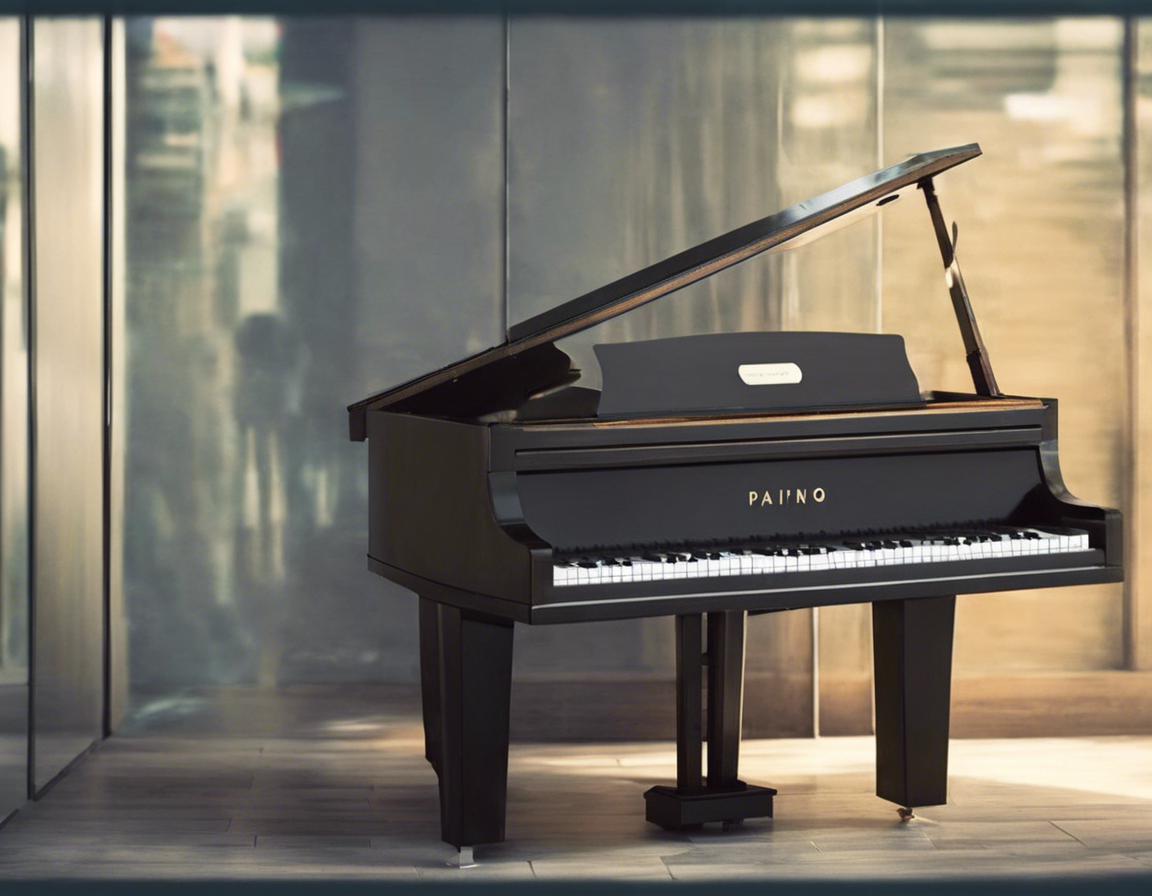How to Fix a Leaking Piano at Home
Introduction
A leaking piano can be a concerning issue that, if left unaddressed, can lead to irreversible damage to this intricate and delicate instrument. Knowing how to identify and fix a leaking piano can save you time, money, and preserve the quality of your instrument. This comprehensive guide will provide you with step-by-step instructions on how to assess and repair a leaking piano in the comfort of your own home.
Identifying the Leak
The first step in fixing a leaking piano is to identify the source of the leak. Common signs of a leaking piano include water accumulation on the keys, dampness in the piano cabinet, and a noticeable decrease in sound quality.
To identify the exact source of the leak, follow these steps:
-
Inspect the piano’s exterior: Look for any visible signs of water damage such as dark spots, mold, or swelling in the wood.
-
Check the piano’s interior: Carefully open the piano lid and examine the strings, hammers, and any other components for signs of water damage.
-
Test the pedals: Press each pedal and observe if any water drips or leaks out.
Fixing the Leak
Once you have identified the source of the leak, it’s time to take action to repair it. The following steps will guide you through the process of fixing a leaking piano at home:
1. Tightening loose fittings:
-
Check for loose fittings: Inspect the various components of the piano, such as the pedals, legs, and hinges, for any loose screws or fittings.
-
Tighten the fittings: Use a screwdriver or wrench to securely tighten any loose screws or fittings to prevent water from seeping through.
2. Sealing cracks and gaps:
-
Identify cracks and gaps: Examine the piano’s exterior and interior for any cracks or gaps where water could be entering.
-
Apply wood filler: Use a wood filler or sealant to fill in any cracks or gaps to prevent further water damage.
3. Regulating humidity levels:
-
Monitor humidity levels: Invest in a hygrometer to monitor the humidity levels in the room where the piano is kept.
-
Use a dehumidifier or humidifier: Depending on the humidity levels, use a dehumidifier to reduce moisture or a humidifier to increase moisture in the air to prevent leaks.
4. Regular maintenance:
-
Clean and polish the piano: Regularly clean and polish the piano to prevent dirt and debris from causing water damage.
-
Tune the piano: Schedule regular tuning sessions with a professional to ensure the piano is in optimal condition and prevent leaks.
Preventing Future Leaks
To prevent future leaks, consider the following maintenance tips:
-
**Regularly inspect the piano for any signs of water damage.
-
**Avoid placing drinks or plants on the piano to prevent spills.
-
**Keep the piano away from direct sunlight and sources of moisture.
-
**Maintain consistent humidity levels in the room where the piano is kept.
Frequently Asked Questions (FAQs)
1. Can a leaking piano be repaired at home, or do I need to hire a professional?
If the leak is minor and easily identifiable, you can attempt to repair it at home following the steps outlined in this guide. However, for complex leaks or extensive water damage, it is recommended to seek professional help to prevent further damage to your piano.
2. How often should I tune my piano to prevent leaks?
It is recommended to tune your piano at least once or twice a year to maintain its optimal condition and prevent leaks caused by fluctuations in humidity and temperature.
3. What is the best way to clean and polish a piano to prevent water damage?
To clean and polish your piano, use a soft microfiber cloth and piano polish specifically designed for use on pianos. Avoid using water or harsh chemicals as they can damage the piano’s finish and lead to leaks.
4. Can a leaking piano lead to irreversible damage?
Yes, a leaking piano can cause irreversible damage to the instrument’s internal components, resulting in costly repairs or the need for a replacement. It is crucial to address leaks promptly to prevent long-term damage.
5. How can I regulate humidity levels in the room where my piano is kept?
To regulate humidity levels, consider using a dehumidifier or humidifier, depending on the current moisture levels. Additionally, avoid placing the piano near windows, doors, or air vents to prevent exposure to extreme temperatures and humidity.
